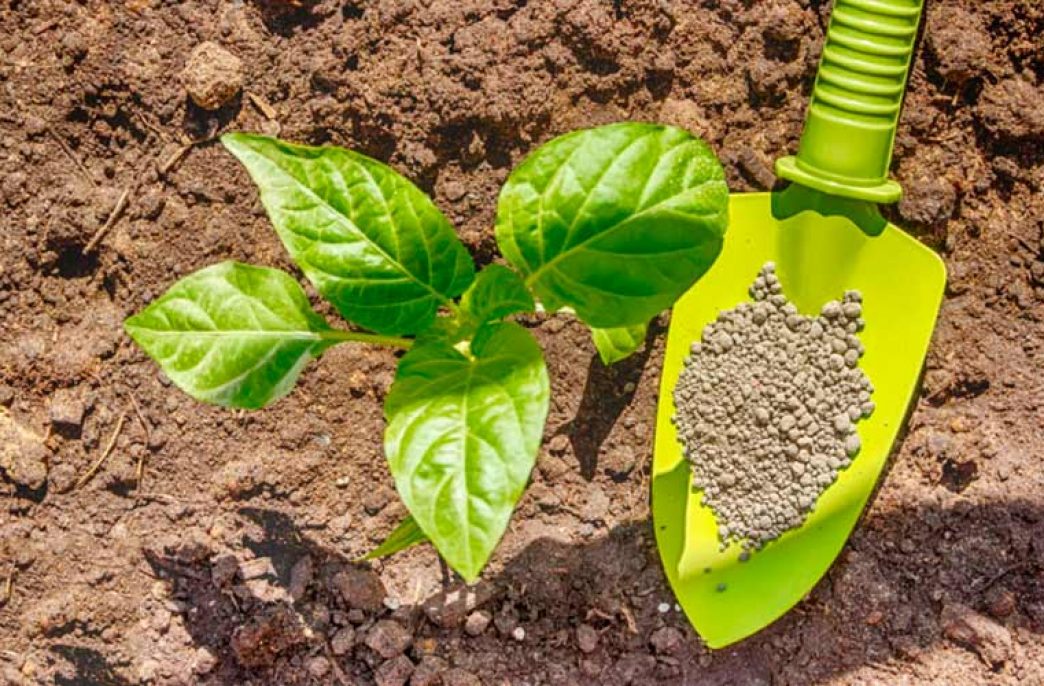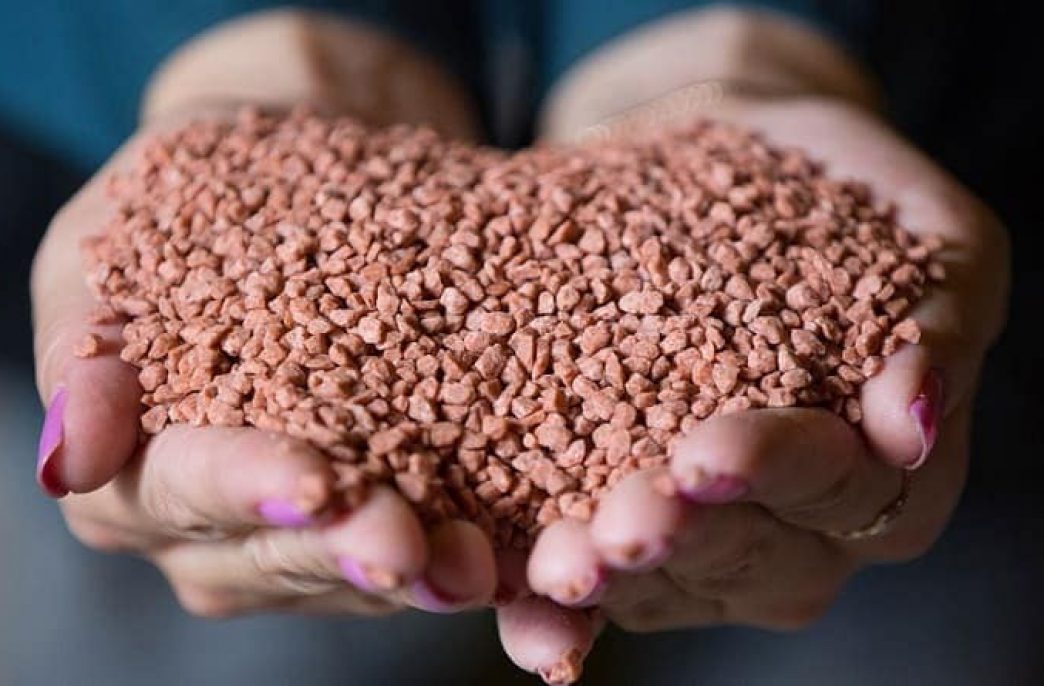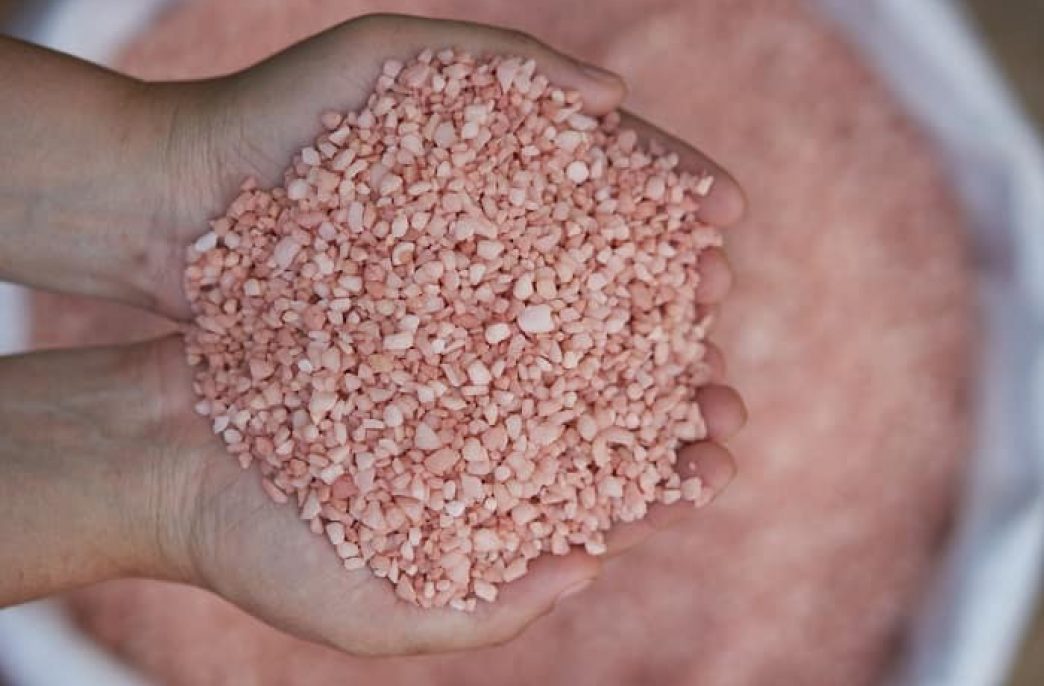Mineral fertilization rates

Standard application rates for mineral fertilizers
The calculation of the doses of mineral fertilizers is based on the data of reference indicators for specific crops. The dosage is usually calculated for large areas on which one species of plants is cultivated, but there is no fundamental difference between the percentage of fertilizing per 1 ha and 1 meter. The main thing is to observe the proportions and take them into account for each active substance in the composition. Typically, reference data indicate the amount of fertilizer in kg / ha. For example, N60P90K90 indicates that 60 kg of nitrogen, 90 kg of phosphorus and the same amount of potassium are applied per hectare of land.
How easy is it to calculate the dosage?
In various formulations of dressings, the amount of fertilizer is usually given, taking into account the active ingredient. Some gardeners and gardeners do not take this nuance into account, therefore it becomes difficult to calculate the rate of application of mineral fertilizers. The active substance is the part of the fertilizing required at a certain moment by the plant. The substance is indicated on the package as a percentage and is indicated by the corresponding sign (P – phosphorus, Ca – calcium, K – potassium, N – nitrogen, etc.). If the formula N — P — K (17—17—17) is given, it means that the compound fertilizer contains 17% of each of the active substances (nitrogen and phosphorus, potassium).
To calculate the fertilizer application rate, multiply the specified amount of the main component by 100, and then divide it by its percentage in the fertilizer. An example can be given for the task of applying 9 g of nitrogen per 1 m2. In ammonium nitrate, the nitrogen content is 33%. There is 33 g of nitrogen per 100 g of fertilizer. Using the formula, it remains to multiply and divide: 9 × 100: 33 = 27.27 g. If you add 27.3 g of ammonium nitrate per 1 m2 to the soil, you get the necessary 9 g of nitrogen.
Features of the use of different fertilizers
Officially, the application rates of mineral fertilizers are calculated for each group of dressings (nitrogen, phosphorus, potassium, magnesium, etc.).
Nitrogen:
saltpeter acidifies the soil, it is used on limed soils. Dosage 15-25 g / m2;
urea is the main fertilizer (10–20 g / m2), as well as foliar feeding (30 g per 1 liter of water);
ammonium sulfate is the main fertilizer during the growing season. The dosage is 25-40 g / m2.
Phosphorus:
superphosphate is used on acidic soil. Dosage – from 40 to 60 g / m2;
enriched superphosphate is used for most crops, but for calculating fertilization, the dosage of conventional superphosphate is reduced by 1.5 times;
double superphosphate is used for fruit and vegetable plants. The dosage is half that of regular superphosphate;
phosphate rock is suitable for all crops, but incompatible with lime. They are introduced before liming or into another soil layer (lime – under a shovel, and flour above – under a rake).
Potash:
potassium sulfate increases the yield of cruciferous plants, has a good effect on legumes, potatoes. Dosage – from 20 to 25 g / m2;
potassium-magnesium concentrated composition is used for crops on light soils that do not tolerate chlorine. The dosage is 20-25 g / m2;
potash is needed for potatoes growing on acidic soil.
Magnesium fertilizer is considered to be dolomite flour. It is used for liming overly acidic soil. Used in a volume of 150-300 g / m2.
Complex:
ammophos (contains nitrogen and phosphoric acid). Make 20-30 g / m2;
diammophos (the same components, but in a different ratio than in ammophos). Applied in a similar dosage;
nitrophoska (nitrogen and potassium oxide + phosphoric acid). 70–80 g / m2 is added;
nitroammofosk contains substances, as in nitrophosk, but in increased quantities. Dosed in the same way.




